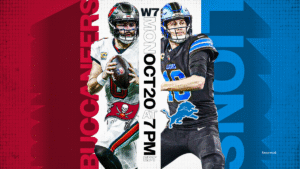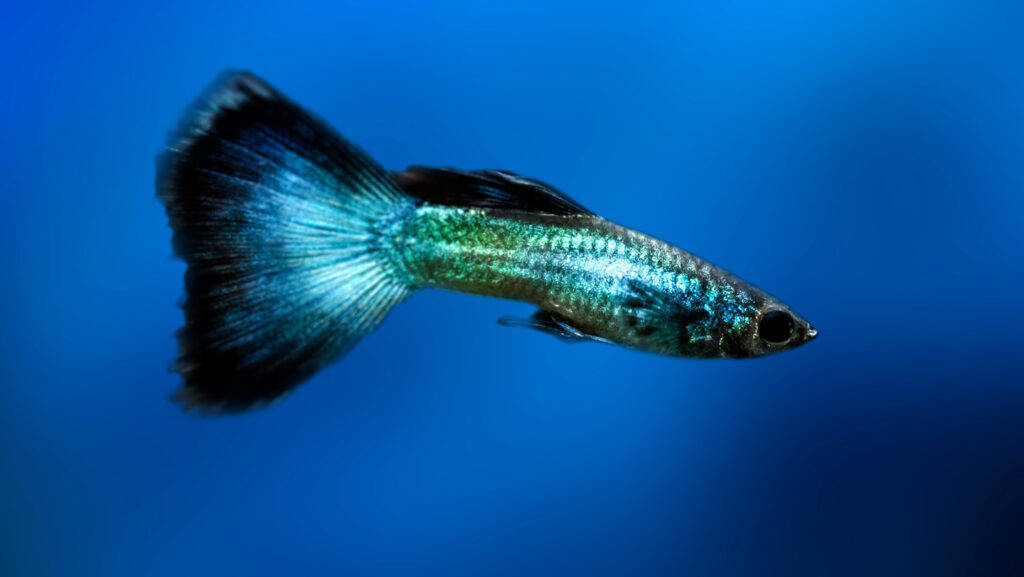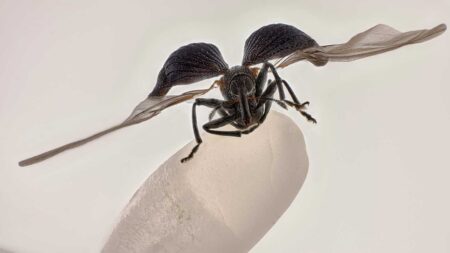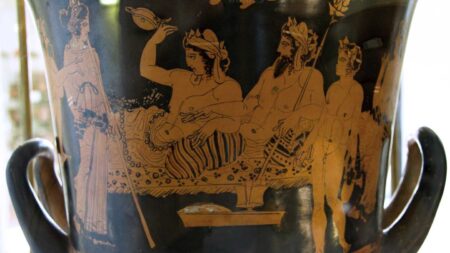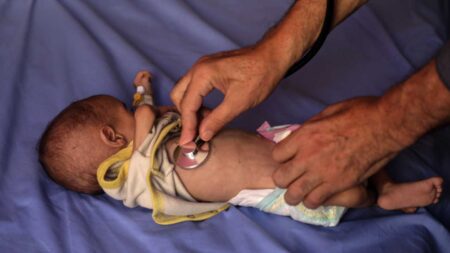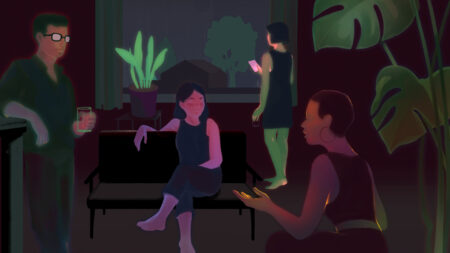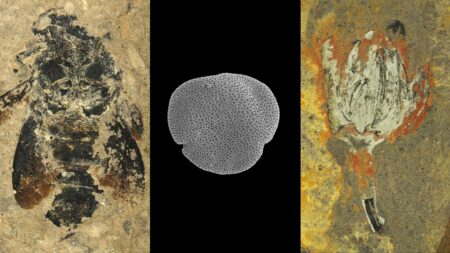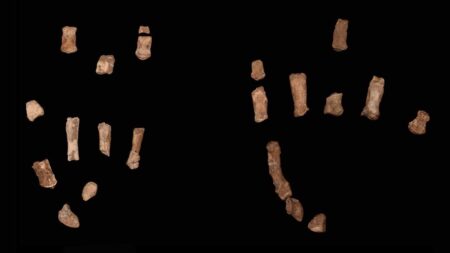Duping a guppy is easier than duping a ring dove — at least when it comes to a classic optical illusion.
In the Ebbinghaus illusion, two identical circles placed side by side are each framed by a set of either smaller or larger circles. Human adults almost always perceive the circle ringed by smaller circles as the larger of the two options, previous research has shown. So do guppies. But doves are a more mixed bunch, with some showing guppy-level gullibility and others rarely falling for the trick, researchers report October 20 in Frontiers in Psychology.
Multiple factors shape perception. Species such as guppies and doves occupy very different ecological niches that could well cause them to see the world in markedly different ways, says ethnologist Maria Santacà of the University of Vienna. But animals within the same species may also see the world differently due to variations in past experience, age, sex and other social factors.
Teasing apart those issues remains a complex but intriguing challenge, says Sota Watanabe, a comparative psychologist at Osaka Kyoiku University in Kashiwara, Japan, who was not involved with the study. “Research on visual illusions in animals provides clues about which aspects of visual perception are evolutionarily ancient and conserved, and which are species-specific.”
Efforts to compare visual perception across species is a relatively new field, both researchers say. So even as hints of cross-species variation are emerging, the findings remain preliminary and inconclusive. “We have a lot of studies in a few species, and for other species we only have one study,” Santacà says. “The animal world is not well represented right now.”
To test guppies, Santacà and her team cut out minuscule, circular fish flakes, a scrumptious reward that doubled as the central circles for the illusion. Across 16 trials with 19 guppies, the fish chose between flakes surrounded by bigger or smaller circles. The guppies chose the flake ringed by smaller circles — the presumably heftier looking option — over 70 percent of the time.
For the 38 ring doves, the researchers used bowls filled with millet for the central circles. On average, the birds were equally likely to choose either bowl. Only on zooming into individual doves did the team notice striking variation in the birds’ responses.
Doves and guppies’ different ecological niches might underpin the findings, Santacà says.
Ring doves spend considerable time pecking at itty-bitty seeds scattered across the ground. “[They] tend to focus more on the tiny details,” she says. Guppies, meanwhile, inhabit a chaotic watery world filled with thick vegetation, flickering lights and lurking predators. For them, focusing on parts instead of the whole could end badly.
But more research is needed. That’s because the guppies were all the same age and lived in the same fish tank. The doves, meanwhile, were raised across Europe and ranged in age from 3 to 8 years. Both age and past experience can shape visual perception. For instance, in humans, adults fall for the illusion, while children, who excel at beelining for a pink wad of gum in a parking lot, perceive the world more like the hard-to-dupe doves, earlier research has shown.
Santacà now has another 23 doves born at roughly the same time and place, and she hopes to measure their odds of falling for the Ebbinghaus illusion in a month or so. “[We want] to see how important the environment is within species,” she says.
Just the idea that humans and guppies are both fooled by the same illusion — something Santacà and her team discovered a few years ago — is itself worth exploring further, says cognitive neuroscientist Gideon Caplovitz. Throughout evolution, did guppies and humans, with their very different brains, independently develop this visual shortcut to see through the trees for the forest? Or does the quirk go even further back in time?
“I study this illusion in humans,” says Caplovitz, of the University of Nevada, Reno. “Isn’t it cool that it shows up in a guppy?”
Read the full article here


